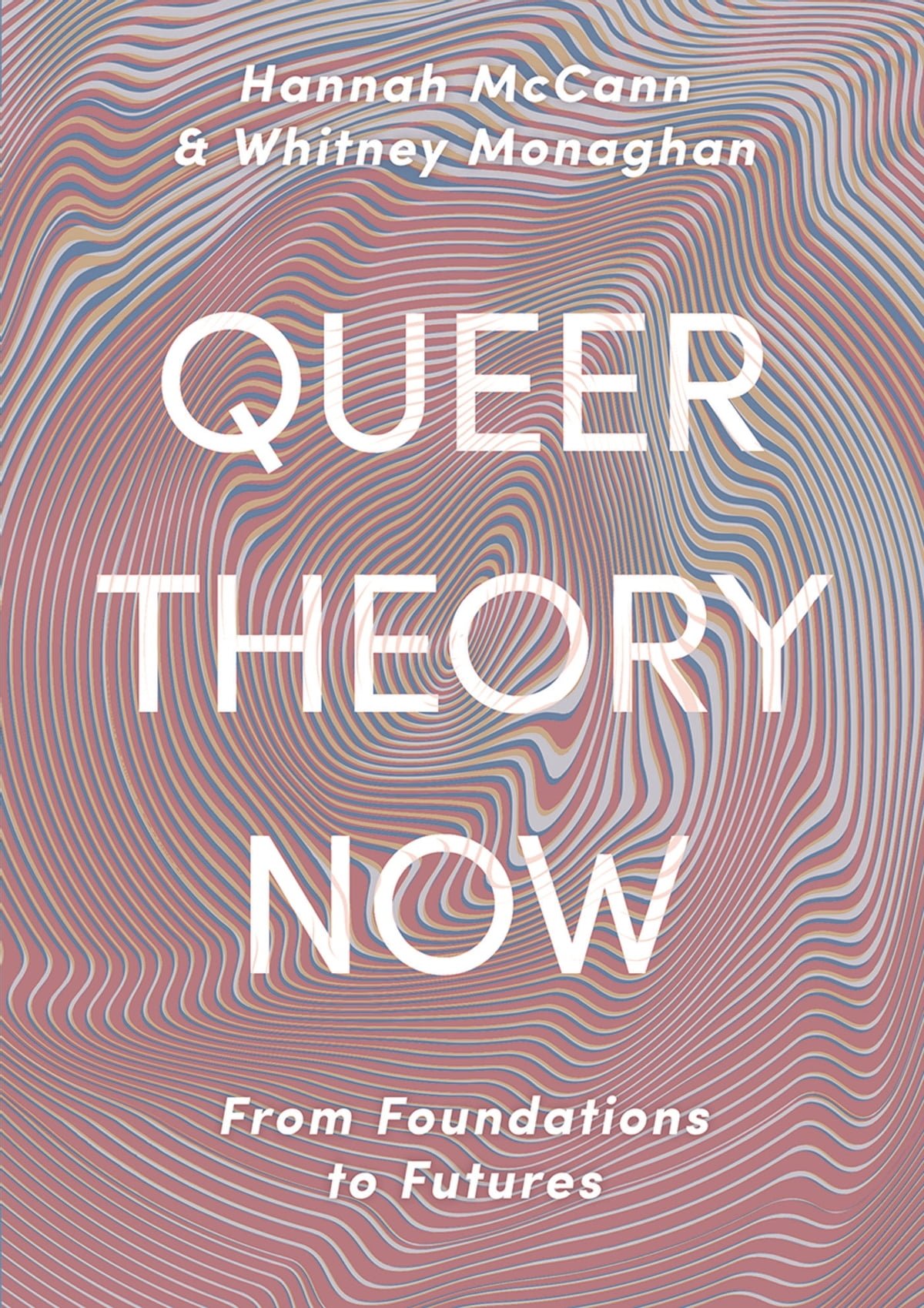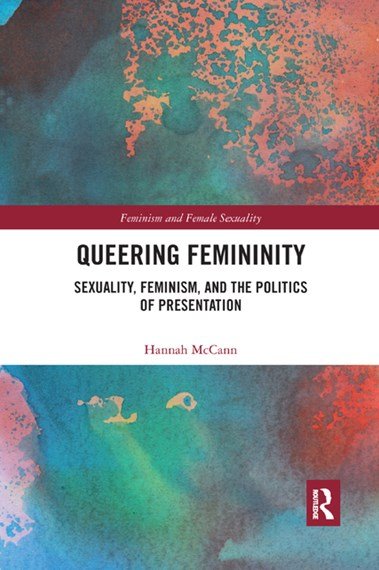Queer Theory Now: From Foundations to Futures
Co-authored with Dr Whitney Monaghan (Monash), and published in 2019, Queer Theory Now is available via Bloomsbury Publishing.
This short textbook provides an introduction to queer theory, exploring its key genealogies and terms as well as its application across various academic disciplines and to contemporary life more generally.
The authors engage with a wide range of developments in queer theory thinking including discussions of identity politics, transgender theory, intersectionality, post-colonial theory, Indigenous studies, disability studies, affect theory, and more.
In offering an updated reflection on the present tensions that queer theory must negotiate, as well as its unfolding future(s), Queer Theory Now is an ideal resource for anyone starting out on their queer theory journey; for students who want to get a grasp of the basic concepts, for teachers looking for a textbook for their queer theory course, or for scholars who want a quick go-to resource for key queer theory ideas and terms.
The second edition of QTN is currently in development – stay tuned!
Queering Femininity: Sexuality, Feminism, and the Politics of Presentation
Based on Hannah’s PhD research, Queering Femininity was published in 2018 and is available via Routledge.
Queering Femininity focuses on femininity as a style of gender presentation and asks how (and whether) it can be refigured as a creative and queer style of the body. Drawing on a range of feminist texts and interviews with self-identifying queer femmes from the LGBTQ community, this book argues that the tendency to evaluate femininity as only either oppressive or empowering limits our understanding of its possibilities. This work considers the dynamic aspects of feminine embodiment that cannot simply be understood in terms of gender normativity and negotiates a path between understanding both the attachments people hold to particular gender identities and styles, and recognising the punitive realities of dominant gender norms and expectations. Topics covered range from second wave feminist critiques of beauty culture, to the importance of hair in queer femme presentation.
This book offers students and researchers of Gender, Queer and Sexuality Studies a fresh new take on the often troubled relationship between feminism and femininity, a critical but generous reading that highlights the potential for an affirmative orientation that is not confined by the demands of identity politics.

